 Sign in
Sign in
Education
Health & Fitness
Surgery 101 Team
Welcome to Surgery 101, a series of podcasts produced with the help of the University of Alberta in Edmonton, Canada. The podcasts are intended to serve as brief introductions or reviews of surgical topics for medical students. We've aimed to cover a single topic in between 10-20 minutes so that you can quickly get a good idea of the basic concepts involved. Every episode is divided into chapters and concludes with several key points to summarize the topic. We are always keen to receive your feedback on our podcasts, and we are accepting suggestions for additional topics. New episodes are published every Friday.
'Surgery 101' was created by Dr Parveen Boora and Dr Jonathan White, and is supported by the Department of Surgery at the University of Alberta. Our 2010 series of podcasts are brought to you by the Undergrad Surgery Mobile Podcasting Studio Team which is: Jonathan, Jenni and Tracy, with the assistance of the Surgery 101 Experts of Edmonton.
Note to experts: please note that these podcasts are only intended as brief introductions for medical students - we cannot delve into the more complex nuances of advanced surgery in a 10-minute podcast. We encourage all listeners to supplement their learning by seeing patients, assisting at surgeries and reading widely!

416. The History of Retractors
Retracting tissues is an essential part of surgery. We need to be able to hold the wound open so you can see and operate on deeper structures. In this fourth episode of her ten part series, Sunpreet Cheema explores the fascinating histories of the inventors behind three indispensable surgical retractors: the Senn’s, the Weitlaner and the Balfour.
08:4420/11/2024

415. The History of the Scalpel and Cautery
Today, medical student Sunpreet Cheema continues her ten part series with episode three, which delves into the surgical history of the scalpel and cautery. This episode considers three surgical lives: Morgan Parker, Charles Russell Bard, and William T. Bovie.
07:0413/11/2024

414. The History of Surgical Scissors - Mayo and Metz
Today, medical student Sunpreet Cheema explores the fascinating histories of surgical innovators who developed some of our most indispensable surgical instruments - scissors. Specifically, we’ll be looking at the Mayo and Metzenbaum scissors.
08:1406/11/2024

413. The History of Common Surgical Instruments
In this introductory episode, Dr. White and Sunpreet Cheema discuss the the history of surgery through the lens of surgical instruments. Supreet Cheema provides an introduction to her ten part series by reviewing the Babcock foreceps.
07:2230/10/2024

412. Tympanic Membrane Perforations
Welcome to this episode of Surgery 101 where we will learn the basics of tympanic membrane perforations. After listening to this podcast, learners should be able to: 1. Describe the anatomy relevant to a tympanic membrane perforation. 2. List the mechanisms by which a tympanic membrane perforation can occur. 3. Gather pertinent positives on history and physical exam for a patient presenting with a suspected tympanic membrane perforation. 4. Recognize signs of an emergent presentation. 5. Outline treatment options for a tympanic membrane perforation including surgery.
16:5614/08/2024

411. Nontechnical Skills in Surgery NOTES
PDF Notes for Surgery 101 episode on Nontechnical Skills in Surgery
00:0007/08/2024

411. Nontechnical Skills in Surgery
It may come as a surprise that research suggests the biggest opportunity for improvement surgical outcomes lies not in a surgeon’s ability to throw a stitch or find the plane, but in their NONtechnical skills. After this episode, listeners will be able to: • Define and describe the importance of nontechnical skills in improving surgical outcomes • Articulate the NOTSS framework for categorizing nontechnical skills • Identify a personal learning plan to improve nontechnical elements in surgical education
15:1307/08/2024

410. Basic Anesthetic Drugs: Vasopressors and Inotropes
This is the third and final episode of the series focused on basic anesthetic drugs. In this episode, we will explore vasopressors and inotropes. After listening to this episode, you will be able to: 1. Outline the role of vasopressors 2. List the 5 main vasopressors used in the OR and their indications 3. Describe the mechanism of action for Phenylephrine, Ephedrine, Norepinephrine, Epinephrine, and Vasopressin
12:2524/07/2024

410. Basic Anesthetic Drugs: Vasopressors and Inotropes NOTES
PDF Notes for Surgery 101 episode on Basic Anesthetic Drugs: Vasopressors and Inotropes
00:0024/07/2024
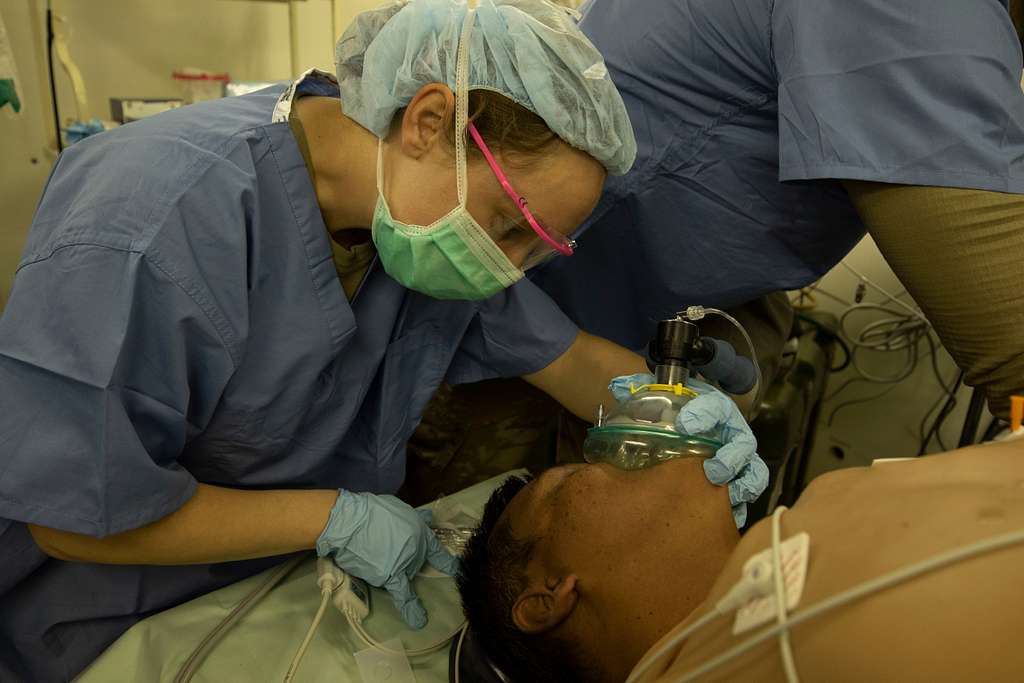
409. Basic Anesthetic Drugs: Maintenance & Emergence
In this episode, Swetha Prakash will be looking at the vital aspect of maintaining anesthesia, particularly through inhaled agents, as well as emergence from anesthesia. After listening to this episode, you will be able to: 1. Define the goals of the maintenance phase of anesthesia. 2. Define Minimum Alveolar Concentration (MAC) and its use in providing an adequate level of anesthesia. 3. Describe the advantages and disadvantages of volatile anesthetics. 4. Name 5 inhalation anesthetics that can be used and provide a brief description of when each one can be used. 5. Describe the key steps of emergence from anesthesia.
14:0517/07/2024

408. Basic Anesthetic Drugs: Introduction & Induction
Swetha Prakash is a medical student at the University of Alberta. In this three part series, Swetha will discuss the essential components of general anesthesia and discuss the key medications associated with each one. The goal is to enhance your understanding of the basic drugs administered to surgical patients within the framework of a general anesthetic. After listening to this episode, listeners will be able to: 1. Describe the 4 components of a general anesthetic 2. List the 3 phases of anesthesia 3. List four medications commonly used as amnestic/hypnotic agents in induction 4. Describe how each induction plan is tailored to the specific patient
14:3110/07/2024
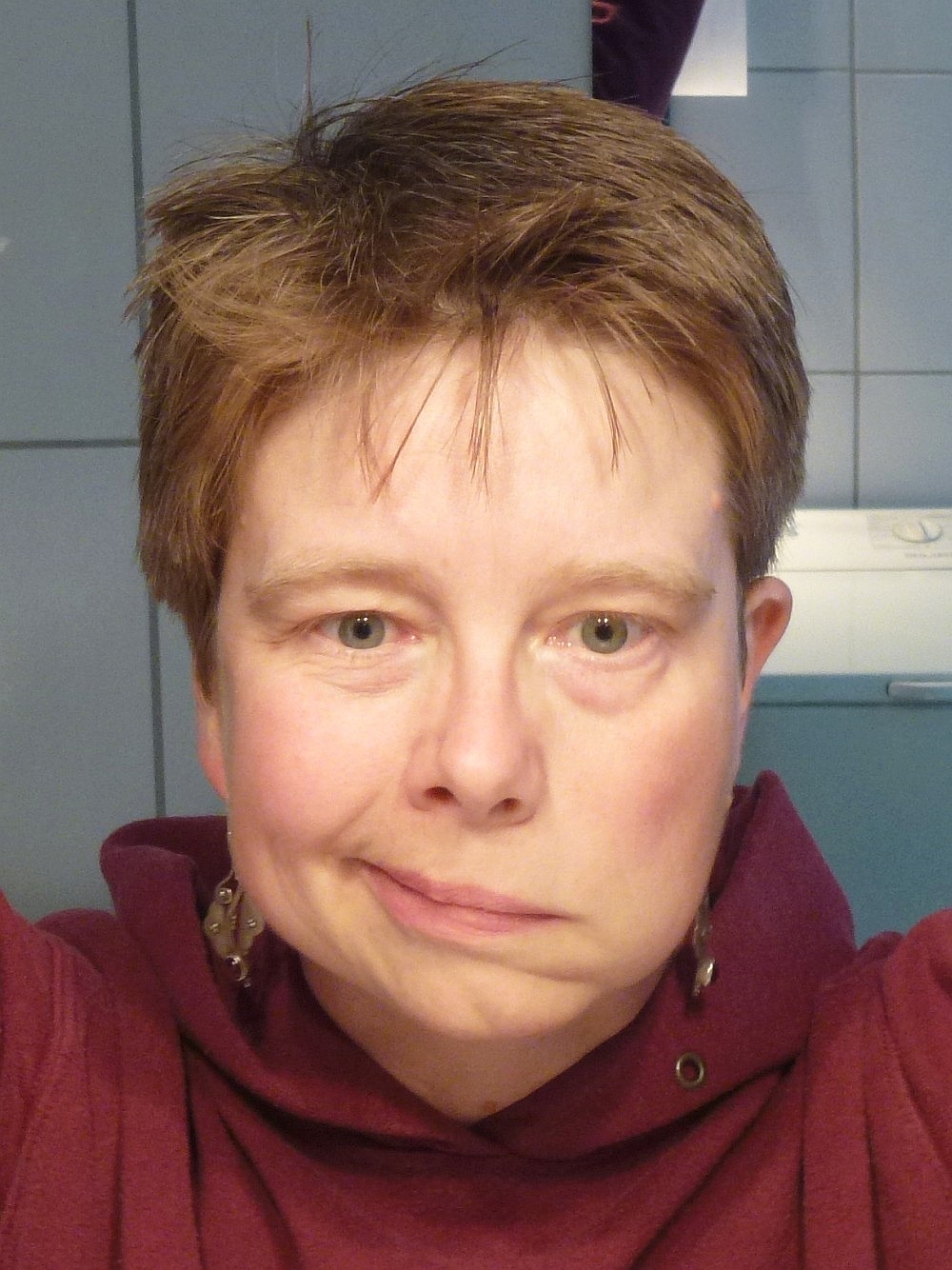
407. Facial Nerve Palsy Part 2
This is part two of the facial nerve palsy series by Mauz Ashgar and Muaaz Ashgar. This episode streamlines their discussion on facial nerve palsy and crafts a clear, practical algorithm for diagnosing this condition. The objective of the podcast is the following: ● Develop an approach to the history and physical examination of patients with facial nerve palsy. ● Describe how Facial Nerve Palsies are graded. ● List the investigations that can be ordered for the workup of facial nerve palsy. ● Understand the basic management of facial nerve palsy.
18:4703/07/2024

406. Facial Nerve Palsy Part 1
University of Saskatchewan students Mauz Asghar and Muaaz Asghar share part 1 of the 2 part series on facial nerve palsies. In this episode the anatomy, symptoms, and etiology of facial nerve palsy are discussed. After listening to this podcast learners will be able to: 1. Describe the basic function of the facial nerve 2. Outline a differential diagnosis for facial nerve palsy.
18:5926/06/2024

405. Cholesteatoma
In this episode Mauz Asghar, a second medical student at the University of Saskatchewan, is joined by colleague Maauz Asghar, a first year medical student at the University of Saskatchewan. By the end of this podcast learners should be able to: ● Outline the etiology of Cholesteatoma, ● Identify the key clinical features of a Cholesteatoma patient, ● List the key investigations to diagnose a Cholesteatoma, ● Formulate a management plan for a Cholesteatoma patient, and ● Detail the various complications that patients with Cholesteatoma may encounter
18:3219/06/2024

404. Mandibular Fractures NOTES
Description: PDF Notes for Surgery 101 episode on Mandibular Fractures
00:0012/06/2024

404. Mandibular Fractures
In this episode Mauz Asghar, a medical student at the University of Saskatchewan, is joined by his colleague Muaaz Asghar to discuss mandibular fractures. By the end of this podcast learners should be able to: ● Outline the etiology and epidemiology of mandibular fractures. ● Identify the key clinical features of a mandibular fracture. ● List the key investigations for mandibular fractures. ● Formulate a management plan for a patient with a mandibular fracture. ● Detail the various complications that patients with mandibular fractures may encounter.
19:3012/06/2024

403. Herpetic Whitlow Infection
In this episode 2nd-year medical student Mauz Asghar from the University of Saskatchewan, will be talking about Herpetic Whitlow infection. After listening to today's podcast learners should be able to: ● Identify the key features on history and physical examination of Herpetic Whitlow. ● Understand the pathophysiology of Herpetic Whitlow. ● List the pertinent investigations for a suspected Herpetic Whitlow. ● Outline the management for Herpetic Whitlow.
11:3305/06/2024

402. Felon Infection
This episode is brought to you by Mauz Asghar, a second-year medical student at the University of Saskatchewan. Today we will be talking about Felon infection. This podcast was written and produced with the expert opinion from Dr. Adil Ladak from the University of Alberta Plastic Surgery and Reconstructive Department. Today we will be talking about a specific type of hand infection called felon infection, which is an infection of the fingertip. After listening to today's podcast learners should be able to: 1. Identify the key features of history and physical examination of felon infection 2. Outline the pathophysiology of felon infection. 3. List the complications of felon infection. 4. List the pertinent investigations for a felon infection. 5. Outline the management for afelon infection.
13:0529/05/2024

401. Skier's Thumb
Mauz Asghar is a second year medical student at the University of Saskatchewan. This podcast was written and produced with the expert opinion from Dr. Adil Ladak from the University of Alberta Plastic Surgery and Reconstructive Department. After listening to this podcast learners should be able to: 1. Describe the relevant anatomy surrounding skier thumb injuries. 2. Outline the mechanism of injury associated with Skier Thumb injury. 3. Identify the difference between a Gamekeeper thumb vs Skier thumb injury 4. Identify the key features of history and physical examination suggestive of Skier Thumb injury? 5. List the investigations that are pertinent to a Skier thumb injury. 6.Outline surgical and non surgical options for treatment of Skier Thumb and the indications for both.
17:2222/05/2024

400.strabismus
In this final episode of the opthalmology series, University of Alberta students Kim Papp and Nourseen Aboelnazar discuss strabismus. Learners will review the basics of this ocular disease that is commonly seen in pediatrics but can affect any patient. After listening to this podcast, learners should be able to: Define strabismus Describe the anatomy relevant to strabismus List causes of strabismus Categorize different types of strabismus Explain amblyopia as a consequence of untreated strabismus Describe surgical and non-surgical management options for strabismus
15:1320/03/2024

399. Corneal Transplant
This is the 4th episode in a 5-part series on opthamalogy. This episode is on Corneal Transplant, which is sometimes called keratoplasty or a corneal graft. After listening to this podcast, learners will be able to: 1. Describe the relevant anatomy of the cornea. 2. List indications for corneal transplant. 3. Match common indications for corneal transplant with which type of surgery may be most appropriate.
15:1513/03/2024

398. Orbital Fracture
This is the 3rd episode in a 5-part eye series. This episode is brought to you by University of Alberta students Kim Papp, a 4th year medical student and Divya Goel a 2nd year medical student. Today we will discuss orbital fractures which are fractures of the bony eye socket. After listening to this podcast, learners should be able to: 1. Describe the anatomy relevant to an orbital fracture. 2. Gather pertinent positives on history and physical exam for a patient presenting with a suspected orbital fracture. 3. Explain the danger of muscle entrapment and how to diagnose this. 4. Outline treatment options for orbital fractures, including surgery.
14:4806/03/2024

397. Glaucoma
This is the 2nd episode in a 5-part eye series. This episode is brought to you by Kim Papp, a 4th year medical student at the University of Alberta. Today we will discuss glaucoma and learn the basics of this common ocular disease. By the end of this podcast the listener will be able to: Describe the eye anatomy relevant to glaucoma Understand the pathophysiology, symptoms, and management options for open angle glaucoma Understand the pathophysiology, symptoms, and management options for acute angle closure glaucoma List other causes of glaucoma
17:0628/02/2024

396. Eye Fundamentals
This is the 1st episode in a 5-part Ophthalmology Series. This episode is brought to you by Kim Papp, a 4th year medical student at the University of Alberta. Today we will discuss eye Fundamentals, where we will learn basics of the anatomy and physiology of the eye. By the end of this podcast you should be able to: Name the major structures of the eye Describe the function of these structures Relate these to common surgeries done in and around the eye
15:4021/02/2024

395. Small Bowel Malignancy NOTES
PDF Notes for Episode on Small Bowel Malignancy.
00:0003/01/2023

395. Small Bowel Malignancy
After this episode, listeners should be able to: Understand the basic anatomy, physiology, and function of the small bowel List the types and common locations of small bowel malignancies Recognize risk factors for small bowel cancers Identify the clinical presentations for small bowel malignancies Understand the preoperative workup for diagnosis Describe the surgical treatment for small bowel malignancies
18:4803/01/2023

394. Preeclampsia
By the end of this episode, you will be able to Briefly describe the pathophysiology, risk factors of pre-eclampsia, and complications Recognize the clinical presentation including history and physical findings List and describe your work up Describe your management and treatment if possible
10:3210/08/2022

393. Amenorrhea
By the end of this episode, learners will be able to: Briefly describe the aetiologies and pathophysiology of primary and secondary amenorrhea Recognize the clinical presentation including history and physical findings List and describe your work up Describe your management and treatment if possible
16:3903/08/2022

393. Amenorrhea NOTES
PDF Notes for Episode on Amenorrhea
00:0003/08/2022

392. Common Neurosurgical Infections
After listening to this podcast you will be able to understand the following: Common causes of cranial and spinal infections that may develop into abscesses and lead to neurosurgical intervention Understand the workup used to assess patients that present with an infection that can be addressed by Neurosurgery List common differential diagnoses for these presentations Have a general knowledge of high yield surgical principles used Understand the non-surgical management of cranial and spinal abscesses
27:0627/07/2022

391. Liver Series - Surgical Decision Making: Liver Edition
At the end of this episode, you will: Understand fundamental principles underlying various approaches to surgical treatment of the liver. Apply clinical scoring systems to decide between various treatment approaches for liver pathologies. Appreciate the interdisciplinary nature of decision making for complex liver presentations.
26:2920/07/2022
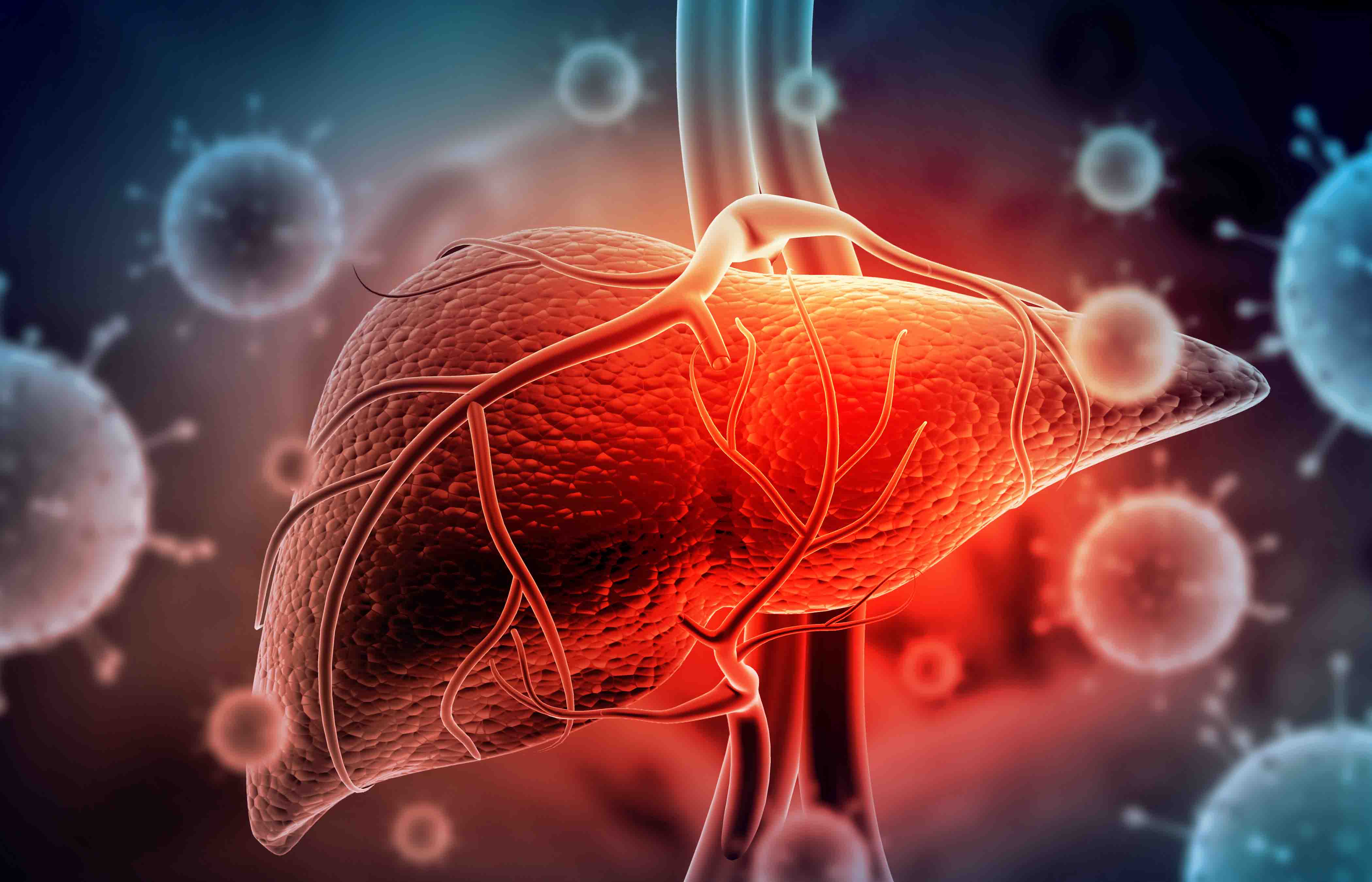
390. Liver Series - Liver Cancer (Malignant Liver Lesions)
By the end of this episode you will be able to: List the different types of liver cancer and their epidemiology Explain how to make the diagnosis in a patient with suspected liver cancer Describe how to stage a patient with suspected liver cancer Outline the treatment options for a patient with liver cancer
27:0913/07/2022

389. Liver Series - Benign Liver Lesions
After listening to this episode, you will be able to: List the most common types of benign liver lesions Outline the assessment, diagnosis and treatment of the patient diagnosed with a benign liver lesion
29:5006/07/2022

388. Liver Series - Liver Cirrhosis
By the end of this episode you will be able to: Describe the anatomy and physiology of the liver Outline the pathophysiology and common symptoms of liver failure Explain how to assess and treat a patient with cirrhosis
36:2429/06/2022

387. Interview with Dr. David Lesniak, Oncoplastic Breast Surgeon
In this episode, University of Alberta medical student Ryerson Seguin interviews oncoplastic breast surgeon Dr. David Lesniak.
20:5822/06/2022

386. Benign Renal Masses
By the end of this podcast, listeners will be able to: Discuss the epidemiology and natural history of benign renal masses List the most common types of benign renal masses Describe the investigations used to differentiate between a benign and malignant renal mass Describe the management of benign renal masses
18:0415/06/2022

385. HPV Related Oropharyngeal Cancers
At the end of this episode, you will be able to: Describe what HPV is and how it relates to cancer, in particular head and neck cancers Recognize the risk factors for HPV-related head and neck cancers Differentiate between HPV-related and non-HPV related head and neck cancers List various management and treatment options for HPV-related head and neck cancer
21:5108/06/2022
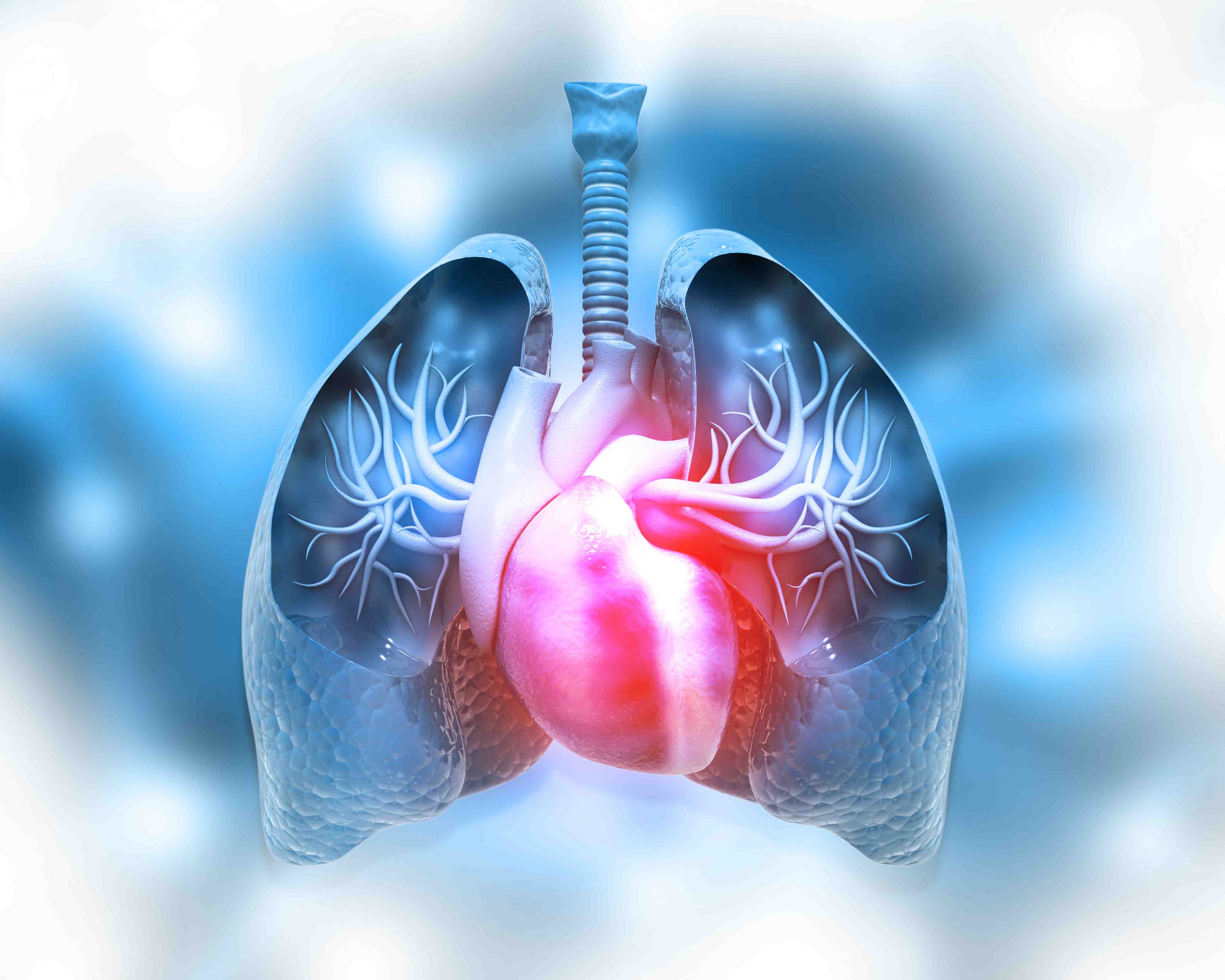
384. Chylothorax
At the end of this episode, you will be able to: Explain the pathophysiology of a chylothorax List the common etiologies of a chylothorax Describe the assessment strategies for chylothorax Understand the treatment options available for chylothorax
19:0801/06/2022
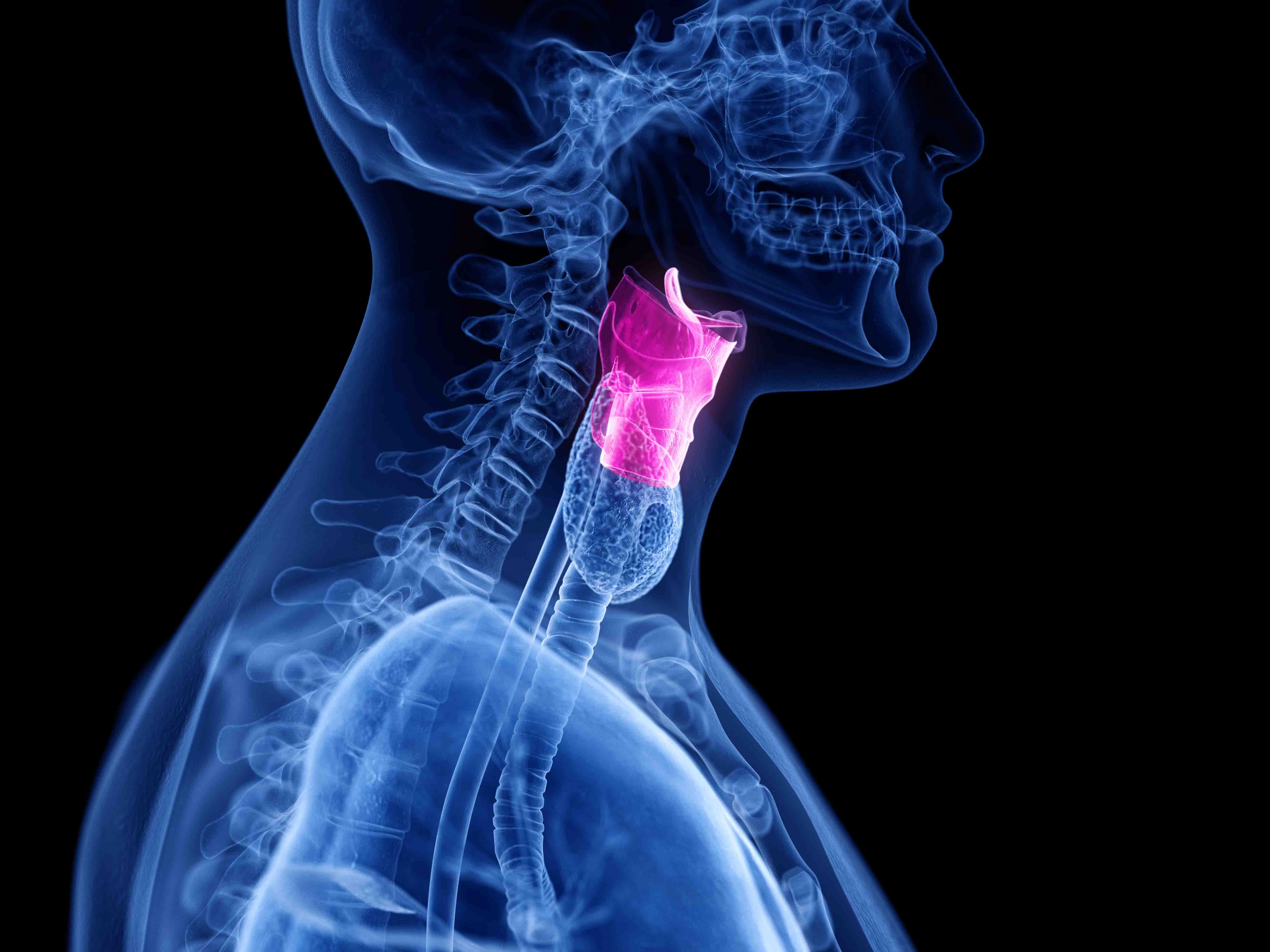
383. Vocal Fold Paralysis
At the end of this episode, you will be able to: List the common etiologies of vocal fold paralysis Recognize the common presentations of vocal fold paralysis Explain the process to diagnose vocal fold paralysis Describe the management and treatment options for vocal fold paralysis
22:4525/05/2022

382. Distal Radial Fractures
After listening to this episode, learners should be able to: Describe the typical clinical presentation of distal radius fractures Outline the diagnosis and management of the patient with distal radius fractures
07:1618/05/2022
381. Pituitary Adenoma
By the end of this podcast, you Outline the anatomy and physiology of the pituitary gland and the pathophysiology of pituitary tumours Describe the clinical presentation of pituitary adenomas, including endocrine and mass effect signs and symptoms Classify pituitary adenomas, based both on size and hormonal dysfunction List clinically useful investigations, including bloodwork and imaging. Build a robust differential diagnosis Describe management options, including medical, surgical and radiotherapy options and the pros and cons of each those
20:2511/05/2022

380. Hysterectomy
After listening to this podcast, learners will be able to: List the reasons for which hysterectomies are done Outline the types of hysterectomies Outlines the route of hysterectomy and factors to consider when choosing route of hysterectomy Outline the advantages and disadvantages of the various surgical approaches List the pre-operative steps taken before a hysterectomy List the potential complications of hysterectomies
10:0704/05/2022

379. Principles of Composite Tissue Flaps
After listening to this episode, learners will be able to: Describe what a composite tissue flap is. Broadly describe the different ways of categorizing flaps. Detail the main differences between a random pattern flap and axial pattern flap. Provide examples of flaps and their uses. Outline the post-operative management of flaps.
31:2327/04/2022

378. Nerve Repair and Grafting (Part 2)
After listening to this episode, learners will be able to: Differentiate the timing of repair for nerve injuries taking into account the acuity and mechanism of injury. Describe the investigations available to help diagnose a nerve injury. List the potential management options for a neuroma. Describe the basic principles of nerve grafting and reconstruction. Outline the recovery and expected outcomes of someone who has undergone a nerve repair.
23:4920/04/2022

377. Nerve Repair and Grafting (Part 1)
After listening to this first episode, learners will be able to: Describe the basic anatomy and physiology of nerves. Describe what Wallerian degeneration is and provide the basics of peripheral nerve regeneration. Describe a basic approach to history taking after a peripheral nerve injury. Describe the classification of nerve injuries using the Seddon and Sunderland classifications.
23:2313/04/2022

376. Basics of Microsurgery
After listening to this first episode, learners will be able to: Define what microsurgery is and provide examples of its applications. Describe the basic anatomy and physiology of blood vessels. Describe the initial approach to managing a laceration to the hand/wrist. List the basic tools and solutions you would find on the microsurgical field. Describe some of the basic principles of microvascular repair.
29:5906/04/2022

375. Approach to Liver Masses
At the end of the episode you will be able to: Understand how a focal liver lesion may present Develop a differential diagnosis of benign and serious causes for focal liver lesions Describe the diagnostic workup and potential management plans for a focal liver lesion
16:0830/03/2022

374. Merkel Cell Carcinoma
After listening to this podcast, learners will be able to: Describe common etiologies of MCC List risk factors for MCC Recognize classic presentation of MCC Develop a differential diagnosis for an asymptomatic growing nodule Outline the diagnostic work-up for MCC Describe therapeutic options for MCC
12:1523/03/2022
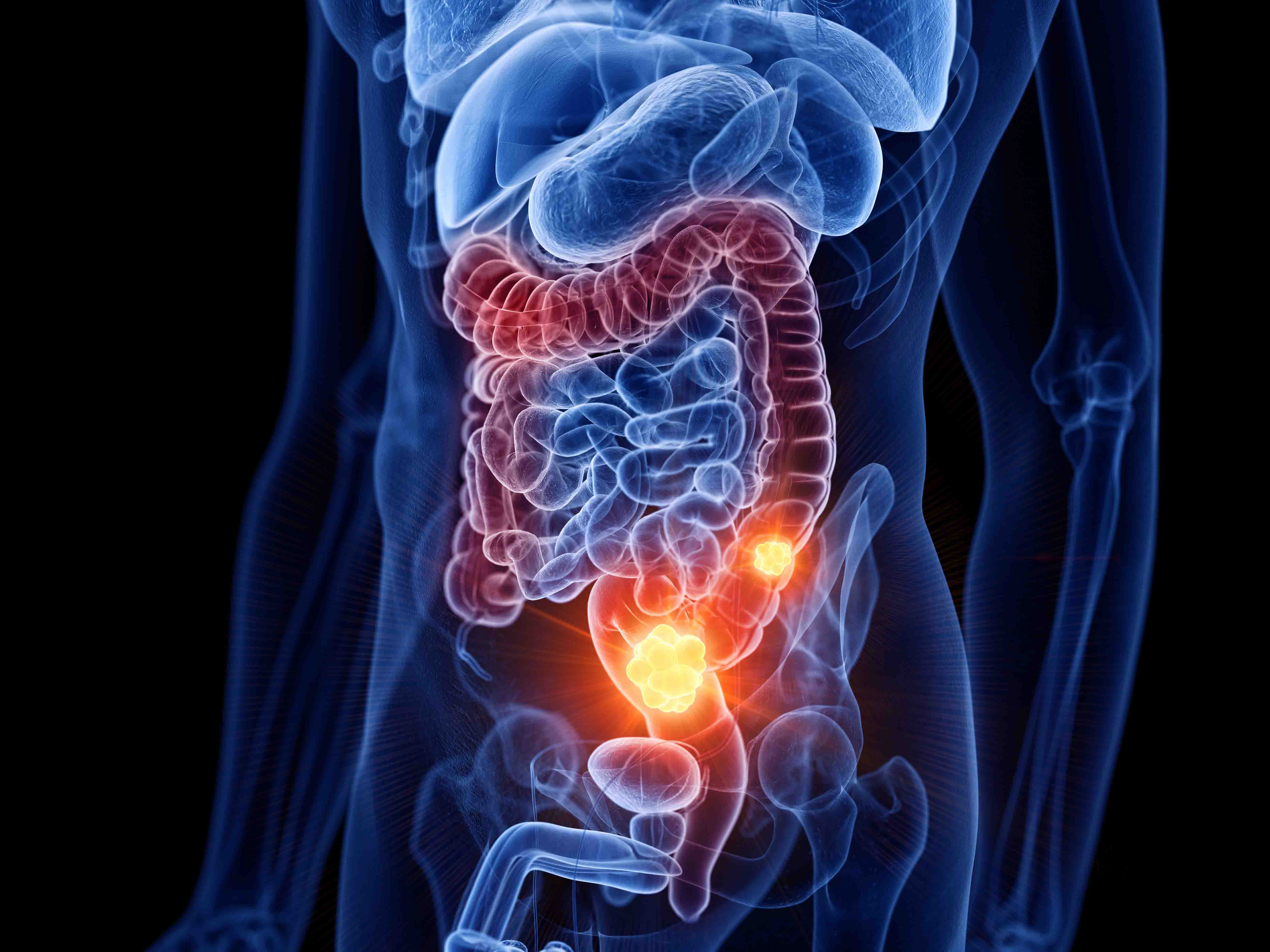
373. Colon Cancer Emergencies (Part 3)
By the end of this episode, you will be able to; Recognize and diagnose acute GI bleeding secondary to colon cancer. Develop an approach to acute bleeding with a good understanding of the different treatment modalities available.
08:5916/03/2022

372. Colon Cancer Emergencies (Part 2)
By the end of the episode, you will be able to; Understand the pathophysiology of bowel perforation secondary to colon cancer and how it may present. Demonstrate an approach to diagnosis and management of bowel perforation. Be familiar with the different treatment techniques, for such emergencies.
10:0709/03/2022





